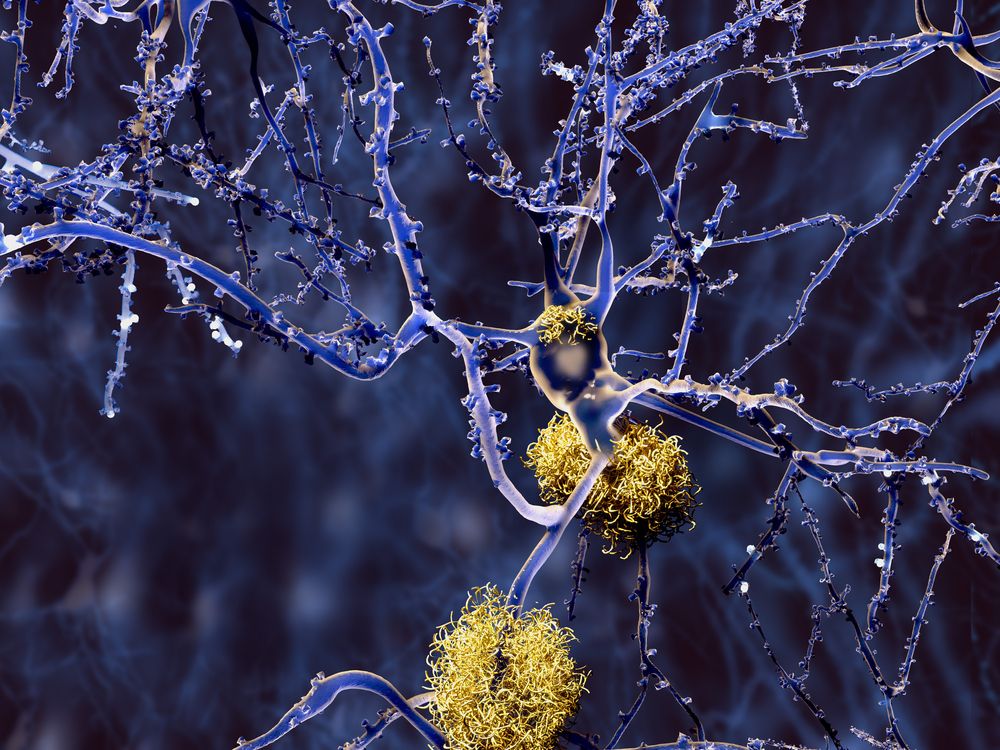Invariant natural killer T cells might lead to cheaper and more effective immunotherapy.
Researchers at the Imperial College London have discovered that specifically employing invariant natural killer T cells, rather than generic T cells, in cancer immunotherapies based on chimeric antigen receptors might lead to significantly more effective, cheaper, and more easily mass-produced treatments [1].
Abstract
Chimeric antigen receptor anti-CD19 (CAR19)-T cell immunotherapy-induced clinical remissions in CD19+ B cell lymphomas are often short lived. We tested whether CAR19-engineering of the CD1d-restricted invariant natural killer T (iNKT) cells would result in enhanced anti-lymphoma activity. CAR19-iNKT cells co-operatively activated by CD1d- and CAR19-CD19-dependent interactions are more effective than CAR19-T cells against CD1d-expressing lymphomas in vitro and in vivo. The swifter in vivo anti-lymphoma activity of CAR19-iNKT cells and their enhanced ability to eradicate brain lymphomas underpinned an improved tumor-free and overall survival. CD1D transcriptional de-repression by all-trans retinoic acid results in further enhanced cytotoxicity of CAR19-iNKT cells against CD19+ chronic lymphocytic leukemia cells. Thus, iNKT cells are a highly efficient platform for CAR-based immunotherapy of lymphomas and possibly other CD1d-expressing cancers.








